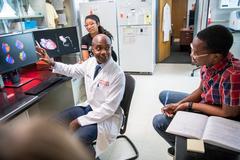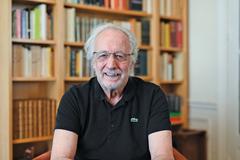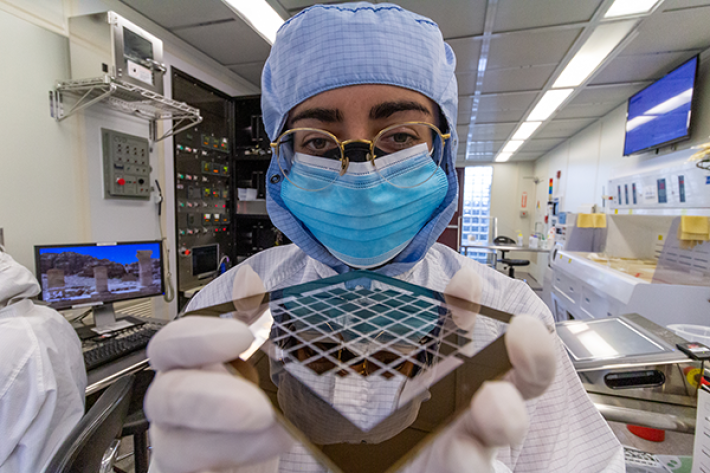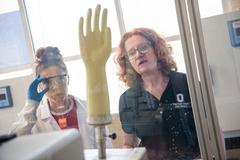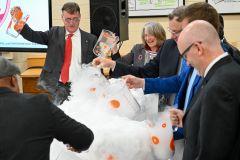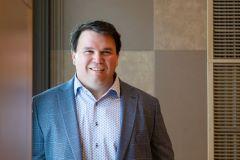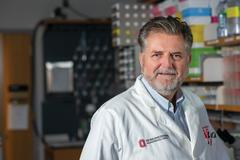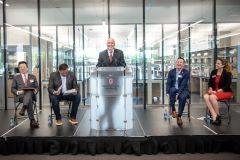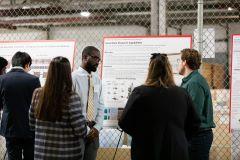For Ohio State's research and innovation community, 2023 was another eventful year with new discoveries and exciting announcements creating lasting impact for the communities we serve. Peter Mohler was appointed the permanent executive vice president for the Enterprise for Research, Innovation and Knowledge, one of our own was awarded the Nobel Prize and new records were set in research expenditures and commercialization income. As preparations continue for an even more impressive 2024, relive some of the exciting highlights from the past year:
